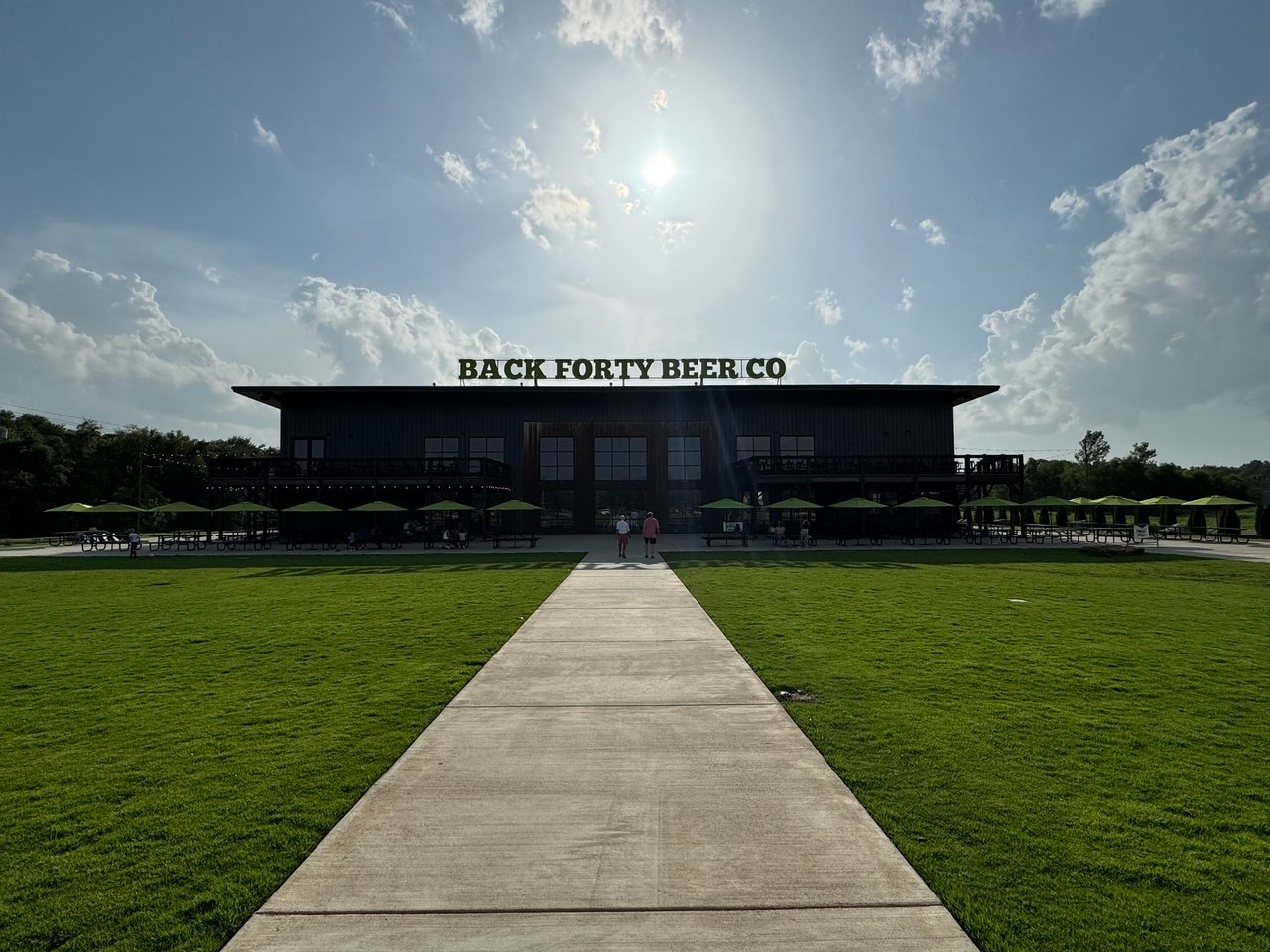
If you’ve never bought a home before, the sheer number of mortgage loan options can be overwhelming. What’s the difference between a conventional loan and a government loan, and should you go with an adjustable-rate or fixed-rate mortgage? Even if you have bought a home before, if it’s been several years, then you might not remember everything you’ll want to know before making a decision about which loan type is going to be best for your situation.
There’s good news, though: It won’t take long to get a handle on the different types of loans available to you and figure out which one best fits your circumstances. Some online calculators can give you some ballpark numbers on what it might cost to go with one loan instead of another, but to be sure you’re not missing anything critical, talk to a mortgage broker who can walk you through the options.
Conventional Loan
A conventional mortgage loan is perhaps best defined by what it’s not instead of what it is: Conventional loans are not guaranteed or insured by the federal government. (There are three federal agencies that insure mortgage loans, the Veterans Administration, the Federal Housing Administration, and the United States Department of Agriculture — more on those later.) And because they aren’t federally insured or guaranteed, these loans tend to have higher standards for buyers than loans that are backed by the government.
To qualify for a conventional loan, most buyers need to have a credit score of at least 620; buyers with higher credit scores can get a lower mortgage interest rate, which means they’ll spend less money over time on the same house as a buyer with a lower credit score. The minimum credit score to qualify for a better mortgage interest rate with a conventional loan is 740.
Most lenders offer conventional loans in 15-year, 20-year, and 30-year options, which refers to how long it will take to pay off the loan. A 15-year loan will usually offer a better mortgage interest rate than a 30-year loan, but the monthly payments will be higher. Traditionally, buyers needed to put down at least 20% of the home’s total price to secure a conventional mortgage loan (this amount of money is also referred to as the down payment), but conventional loans are now available for buyers who have as little as 3% of the home’s total price in the form of a down payment. Buyers with down payments that are smaller than 20% may have to pay mortgage insurance on the loan, however, which is an additional monthly cost to take into consideration.
Conventional loans offer two additional options, conforming or non-conforming loans. A conforming mortgage loan conforms to the loan standards set forth by Fannie Mae and Freddie Mac, government-sponsored enterprises (GSEs) that help facilitate and manage the secondary mortgage market — they buy and hold mortgages from lenders or package groups of mortgages into securities and sell them. Those loan standards encompass a number of variables, including loans for borrowers with poor credit or borrowers who have declared bankruptcies, loans with low down payments and therefore high loan-to-value ratios, and the size of the loan. If the loan is higher than $484,350 in most of the U.S. — or higher than $726,525 in high-cost areas — then it’s considered non-conforming, and is also known as a jumbo loan (see below for more on jumbo loans).
VA Loan
A VA loan may be offered by a traditional lender, but there are some big differences between a conventional loan and a VA loan. Because VA loans are backed by the Veterans Administration, they are much more flexible and usually offer more benefits to buyers than a conventional loan. As you might have guessed, VA loans are only available to veterans, with different guidelines for eligibility depending on when the veteran served and how long the veteran was in the armed services. Spouses of deceased veterans might also be eligible for VA loans.
Some advantages of a VA loan include less stringent credit requirements for borrowers — the government backing gives lenders more flexibility when it comes to credit scores and other factors that are taken into consideration when a mortgage loan is issued. A borrower can also obtain a VA loan with no down payment whatsoever (although down payments will decrease the monthly mortgage payment by reducing the loan amount from the beginning of the loan). And because the VA loan is backed by the government and is considered a benefit for veterans, there’s no private mortgage insurance required for borrowers who have down payments smaller than 20%. Interest rates on VA loans are also competitive with conventional loans, and borrowers typically also have some choice in terms of whether they want a 15-year or 30-year mortgage. In short, they are an excellent option for qualified veteran borrowers to consider.
There are, however, some drawbacks to a VA loan. If your heart is set on a fixer-upper, be aware that it can be difficult to buy one through the VA. The VA requires that homes be in good shape, which is assessed using a VA-assigned appraiser who will determine whether the property meets minimum requirements outlined by the VA.
FHA Loan
If you haven’t served in the military before, and your credit history isn’t quite good enough to get your desired rate (or to qualify at all) for a conventional mortgage loan, then an FHA loan might be a good option for you. Like VA loans, FHA loans are backed by a government agency — the Federal Housing Administration. So requirements for borrowers are less stringent for an FHA loan than for a conventional loan — if you have a down payment of 10% or larger, you can qualify for an FHA loan with a credit score of 500, and if your down payment is 3.5% (the lowest allowed by the FHA for these loans), then your credit score needs to be 580 or higher.
However, the lower your credit score, the higher your interest rate, and borrowers putting less than 20% down on a home will need to pay monthly private mortgage insurance on the loan, which will increase the monthly payment amount. There is also an upfront mortgage insurance cost for FHA borrowers (1.75% of the total home loan) that can either be paid at closing or wrapped into the monthly mortgage payment.
The FHA does place some additional requirements on borrowers, such as a steady employment history, certain debt-to-income ratios to ensure you aren’t overextending yourself, and minimum property standards set on appraisals, to name a handful. You can set your own loan length (15-year or 30-year and so on), and the FHA also offers both fixed-rate and adjustable-rate mortgage loans.
USDA Loan
USDA loans are also backed by a government agency; this time, the United States Department of Agriculture. Like VA loans, you can obtain a USDA loan with no down payment, which might be an advantage over an FHA loan — but unlike FHA loans, you can’t get a USDA loan for properties located just anywhere. The home you’re buying has to be in a rural or suburban area as defined by the USDA to qualify for a USDA loan. And like FHA loans, if you don’t have a down payment at all or are only planning to put down a small amount of the property’s total value, you will have to pay mortgage insurance on the loan.
The USDA offers three types of loans. One is a loan guarantee, which is similar to how the VA or FHA operate — a lender provides the money for the loan, which is guaranteed or backed by the government agency, in this case the USDA. A direct USDA loan is another option, but only low-income applicants are eligible for these loans; the definition for “low-income” varies according to where you live and where the home is located. These direct loans come with subsidies and very low interest rates, a definite advantage for low-income borrowers. And the USDA also offers home improvement loans — and even home improvement grants, which you don’t have to pay back.
Urban areas are excluded from USDA loan eligibility, and there is limited availability in suburbs, but rural areas are always eligible. Similar to an FHA loan, there are standards around employment and debt-to-income ratios for borrowers, but the USDA is more flexible; you can still qualify for a USDA loan with no credit score or a limited credit score.
Adjustable-Rate Loans
An adjustable-rate mortgage loan has, well, an adjustable mortgage interest rate. Borrowers pay interest on a loan — defined as a percentage of the loan; you’re probably at least somewhat familiar with interest rates if you have a credit card, for example. An adjustable-rate loan means that the interest rate changes over time. It’s updated periodically based on an index that is tied to the cost of lenders borrowing on the credit markets. This can get complicated, and because it’s impossible to predict whether mortgage rates will stay stable or move up or down over the span of the loan, they can sometimes be a great deal and sometimes present a real risk to the borrower.
The important thing to remember if you’re considering an adjustable-rate mortgage loan is that your monthly payment will change over time — lately, rates have been creeping up from their near-historic lows, where they’ve hovered for years; they could also move back down in time. If the thought of changing monthly payments (including potentially higher monthly payments) makes you nervous, it might be best to consider a fixed-rate loan instead.
Fixed-Rate Loans
With a fixed-rate mortgage loan, your loan interest rate will stay the same throughout the lifetime of the loan, whether that’s 15 years, 20 years, or 30 years. This can be a big advantage if you locked in your rate during a period of low rates, but if you didn’t, then you might be tempted to refinance your loan if rates drop — which is an option after you’ve been paying your loan for a certain number of months.
A fixed-rate loan also means that your monthly mortgage payment will be more stable over time. Your property taxes and your homeowners insurance costs may go up over time — in fact, they probably will if home values increase while you are in your residence — but you can rest assured that your mortgage premium and your mortgage interest rates will remain the same as long as you’re paying your loan, which can help with budgeting and managing your money over time.
Jumbo Loans
A jumbo loan is simply a loan that doesn’t conform to the GSE’s standards for mortgage loans because the loan amount exceeds certain values set by the GSEs. These values vary; in most of the United States, if your loan amount is higher than $484,350, it’s considered a jumbo loan, but in high-cost areas (such as Hawaii, for example), your loan won’t be considered a jumbo loan until it’s higher than $726,525. Take note: These amounts only refer to the loan amount, not the value of the home itself — if you have a sizable down payment on a $500,000 home in most of the U.S. or a million-dollar home in Hawaii, you might be able to get a conforming conventional loan instead of a non-conforming jumbo loan.
The standards for qualifying for a jumbo loan are, probably understandably, higher than for a conventional loan. Typically, your credit score should be higher than 700, and preferably above 720. And your income also needs to be healthy enough to ensure an appropriate debt-to-income ratio for the loan, which will vary from lender to lender.
Equity Loans
Home equity loans are only available to homeowners who already own real estate — sorry, first-time homebuyers! The amount of equity that you own in a home includes both the down payment you made when you bought the home (assuming you made a down payment at all) and the increased value of the home since you bought it. Because real estate typically increases in value over time, even if you’ve only owned your home for a handful of years and haven’t paid down much of your mortgage loan, you still could be eligible for a home equity loan if home values have increased in your area — including the value of your own home.
Homeowners take out home equity loans for a number of reasons, including making improvements to the home or paying for higher education, to name just a couple. It’s important to be careful with equity loans, though: If the value of your home decreases after you’ve taken out a home equity loan, then you could find yourself underwater — owing more money on the home than it’s actually worth.
Bridge Loans
When you own your home but would like to buy a different residence and move, you might be faced with a dilemma — most homeowners can’t realistically afford to pay two mortgage loans at once, and if you find your perfect new home before your current home sells, then you might want to think about a bridge loan, which can help you bridge the gap between one property and another.
Although bridge loans might sound like the answer to your prayers, you should think carefully before securing one. They work best in markets where you’re likely to sell your current home quickly because their interest rates are higher and the terms are stricter than most other types of mortgage loans. If you’re confident that your home will sell, or your old house is scheduled to close after you take possession of your new house, those are some scenarios where a bridge loan can help you close the financial gaps and get everything you want or need in one fell swoop.








